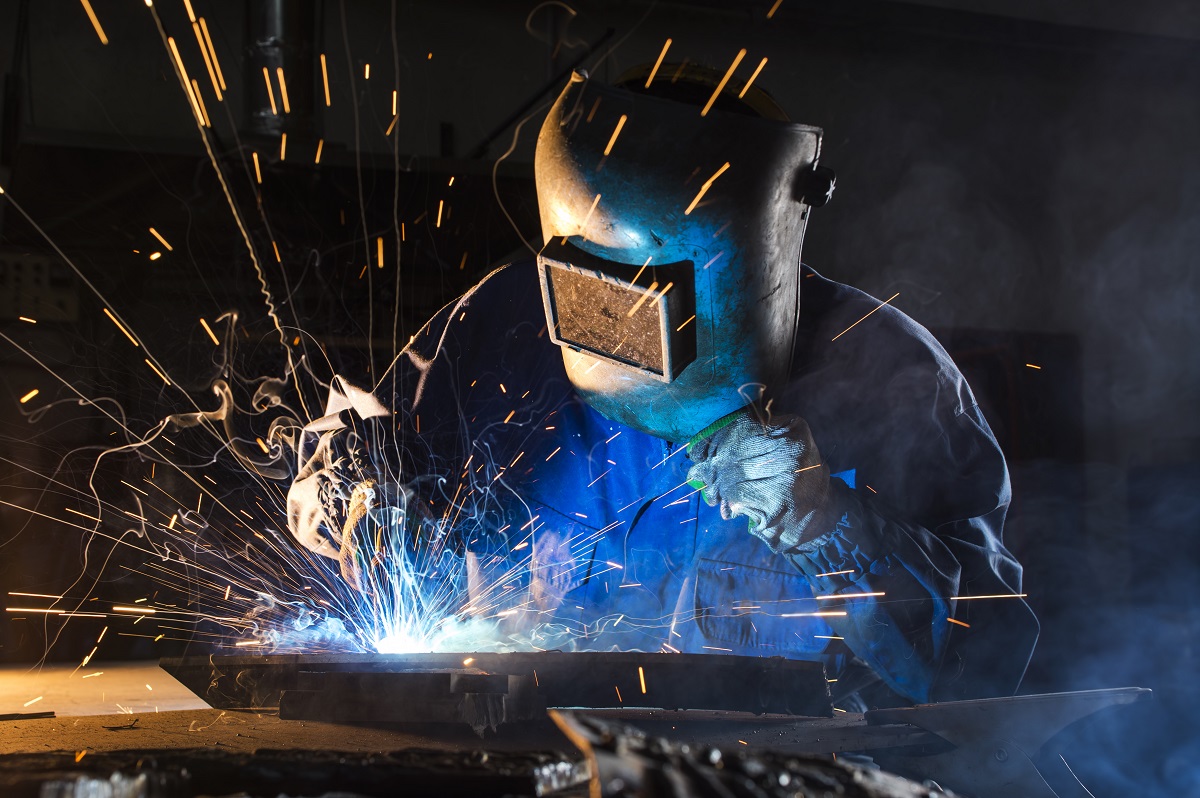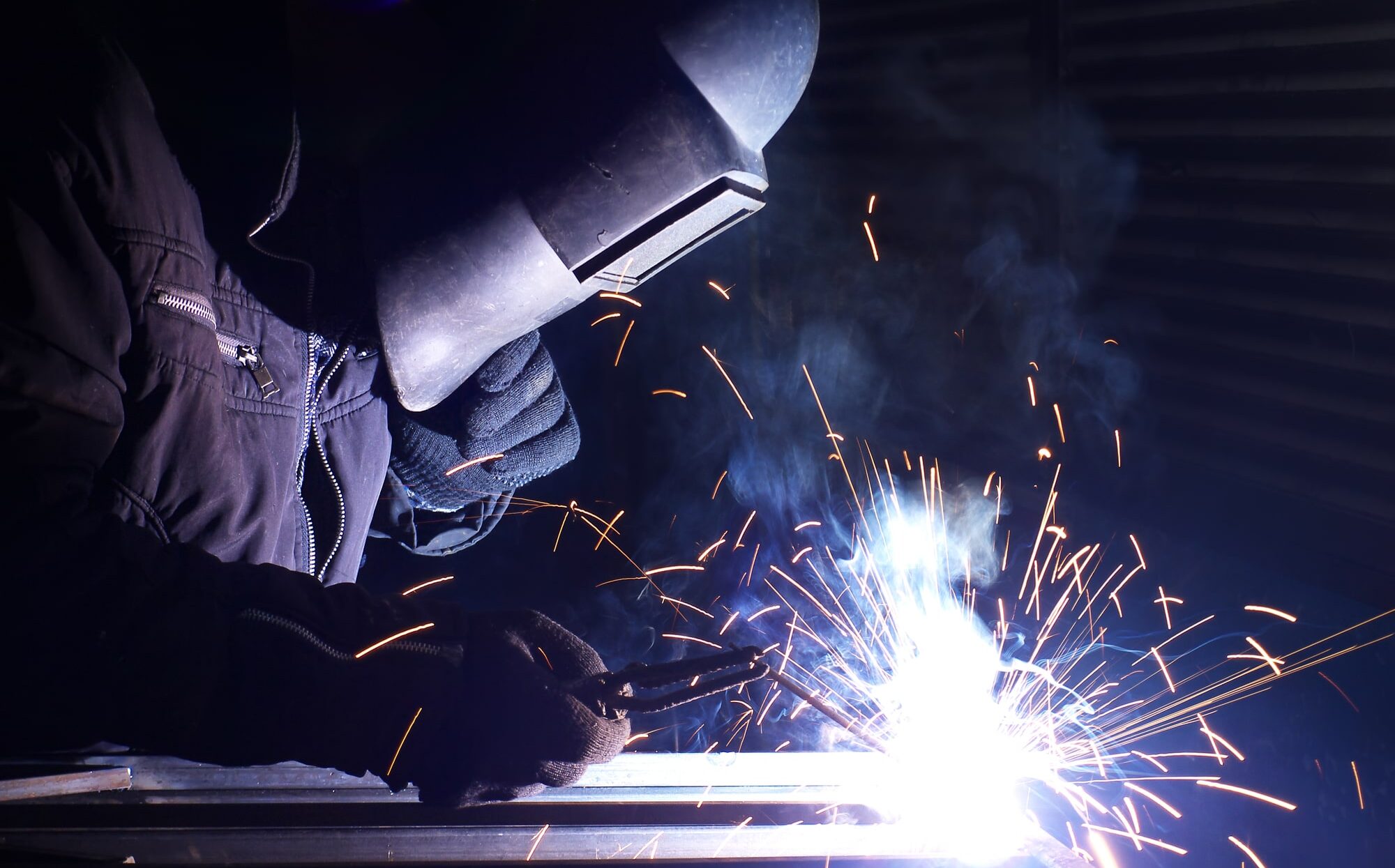Best ways to deal with warping in Montana Mobile Welding and Repair Belgrade
All Regarding Welding: Trick Insights Into Techniques and Ideal Practices for Success
Welding incorporates a range of strategies, each suited for specific materials and applications. Understanding these approaches, such as GMAW, SMAW, and TIG, is important for achieving ideal results. In addition, the appropriate tools and safety and security practices can not be neglected. As prep work and fixing play vital roles in the welding procedure, grasping these components can greatly boost the quality of the end product. What are the vital aspects that assure an effective weld?
Comprehending Various Welding Strategies
Welding techniques include a range of methods, each matched to particular applications and products. Among one of the most common methods are Gas Metal Arc Welding (GMAW), Secured Steel Arc Welding (SMAW), and Tungsten Inert Gas Welding (TIG) GMAW, also referred to as MIG welding, is preferred for its speed and convenience, making it ideal for slim materials. SMAW, or stick welding, is favored for its simpleness and efficiency in exterior settings, especially with thicker steels. TIG welding provides precision and control, making it ideal for elaborate work and non-ferrous steels (Montana Mobile Welding and Repair Belgrade Welding). Each strategy has its distinct benefits and factors to consider, allowing welders to pick the ideal technique based upon the job's demands, product kind, and desired outcomes. Recognizing these techniques is essential for effective welding
Important Welding Tools and Devices
While numerous welding methods need specific abilities, the right equipment and tools are equally necessary for attaining high quality outcomes. Vital welding equipment consists of welding devices, which differ depending on the strategy-- such as MIG, TIG, or stick welding. Protective gear, consisting of gloves, aprons, and headgears, assurances safety and comfort during the process. On top of that, components and clamps aid secure materials in position, guaranteeing accuracy in welds. Consumables like welding poles, wire, and protecting gas are also critical parts that affect the high quality of the weld. In addition, tools such as cutters and mills facilitate surface area prep work and post-weld ending up, adding to a specialist outcome. Investing in high-quality devices eventually improves the performance and efficiency of welding jobs.
Safety And Security Practices in Welding
Proper safety and security techniques are vital in the welding market to protect workers from potential risks. Welders have to use proper personal protective tools (PPE), consisting of helmets with proper shading, gloves, and flame-resistant clothing. Appropriate ventilation is crucial to minimize exposure to unsafe fumes and gases produced throughout the welding process. Furthermore, employees should be educated in the appropriate handling of welding devices to avoid accidents. Fire precaution, such as keeping flammable materials far from the welding location and having fire extinguishers conveniently available, are needed. Regular examinations of equipment and work spaces can aid determine potential threats before they lead to mishaps. By adhering to these security practices, welders can develop a more secure working environment and decrease threats related to their profession.
Readying Materials for Welding
Preparing products for welding is an important step that considerably affects the quality and honesty of the last product (Montana Mobile Welding and Repair Welding). Correct preparation involves cleaning the surface areas to remove impurities such as oil, rust, and dirt, which can endanger the weld. Techniques such as grinding, fining sand, or using solvents are typically utilized to attain a tidy surface. Additionally, ensuring that the materials fit together snugly is essential; gaps can bring about weak welds. It's additionally important to take right into account the placement and positioning of the components, as this will certainly impact the convenience of welding and the last result. Lastly, choosing the proper filler material and making certain compatibility with the base steels is necessary for attaining strong, durable welds
Tips for Getting High-Quality Welds
Attaining premium welds requires focus to information and adherence to ideal practices throughout the welding process. Correct joint prep work is important, making certain surfaces are free and clean from contaminants. Choosing the ideal filler material and welding method based upon the base steels is crucial for suitable bonding. Preserving regular traveling speed and angle while welding can advertise and protect against issues uniformity. Additionally, regulating warmth input is crucial; extreme warmth can bring about bending and deteriorated joints. If essential, routinely examining the welds during the process allows for instant modifications. Using suitable post-weld therapies, such as cleaning and tension relief, can boost the longevity and stability of the weld, inevitably making sure a successful outcome.
Repairing Common Welding Issues
Welding typically presents obstacles that can affect the high quality and honesty of the end product. Common problems such as porosity, inconsistent weld beads, and overheating can develop, each requiring particular fixing methods. Comprehending these issues is necessary for welders to enhance their abilities and attain suitable results.
Porosity Problems Described
Although porosity can usually be forgotten, it remains a critical concern in welding that can endanger the honesty of a completed item. Porosity describes the existence of little gas pockets within the weld bead, which can lead and deteriorate the joint to premature failure. This problem commonly emerges from contaminants, wetness, or incorrect protecting gas insurance coverage during the welding procedure. To minimize porosity, welders ought to confirm that the base materials are dry and clean, utilize appropriate protecting gases, and preserve consistent welding criteria. Consistently checking the devices and atmosphere can additionally aid identify possible concerns before they show up in the weld. Resolving porosity properly is essential for attaining strong, long lasting welds that fulfill top quality requirements.

Inconsistent Weld Beans
Inconsistent weld beads can substantially impact the top quality and strength of an ended up item. Numerous factors add to this problem, consisting of incorrect travel rate, wrong amperage setups, and irregular electrode angles. When the welder moves too swiftly, a grain may show up narrow and do not have penetration, while moving too gradually can create excessive accumulation. In addition, utilizing the incorrect amperage can result in either damaging or too much spatter, both of which concession weld stability. The welder's method, such as irregular straight from the source torch movement, can additionally lead to uneven grain look. To minimize these troubles, welders must concentrate on keeping constant, regulated movements and making certain correct devices settings to attain uniformity in their welds. Uniformity is essential to achieving reputable and solid welds.
Getting Too Hot and Bending Issues
Extreme warm during the welding procedure can result in substantial overheating and deforming problems, affecting the structural stability of the workpiece. These issues usually materialize as distortion, which can endanger positioning and fit-up, making more setting up testing. Variables adding to overheating consist of the selection of welding parameters, such as voltage and travel rate, along with the sort of material being welded. To minimize these problems, welders must preserve constant traveling rate and proper heat input while checking the work surface temperature level. In addition, pre-heating or post-weld warm therapy can help relieve anxieties triggered by rapid cooling - Montana Mobile Welding and Repair. Normal inspection and adherence to ideal methods are crucial in protecting against overheating and making certain the longevity and reliability of welded frameworks
Often Asked Concerns
What Are the Career Opportunities in the Welding Sector?
The welding market provides diverse occupation possibilities, consisting of settings as welders, inspectors, educators, and designers. Specialists can function in production, building and construction, aerospace, and auto industries, profiting from solid demand and affordable incomes in various roles.
Just How Can I Improve My Welding Speed Without Giving Up Quality?
To boost welding rate without sacrificing top quality, one need to practice reliable techniques, maintain equipment, optimize settings, and boost hand-eye sychronisation. Routine training and looking for responses can also significantly add to attaining much faster, top notch welds.
What Certifications Are Readily Available for Welders?
Countless accreditations exist for welders, including those from the American Welding Culture (AWS), the National Facility for Building Education and Research (NCCER), and different industry-specific companies. These qualifications improve employability and demonstrate skill effectiveness.
Just How Does Welding Impact the Residences of Metals?
Welding influences the residential or commercial properties of steels by modifying their microstructure, which can bring about modifications in solidity, toughness, and ductility. Warmth input and cooling rates during the process substantially influence these material attributes.
Can I Bonded Dissimilar Metals With Each Other?
